
13th edition of Refashion Innovation Challenge
Refashion's Innovation Challenge is back for its 13th edition! Find out more about the call for R&D projects and how to apply!

Refashion's Innovation Challenge is back for its 13th edition! Find out more about the call for R&D projects and how to apply!
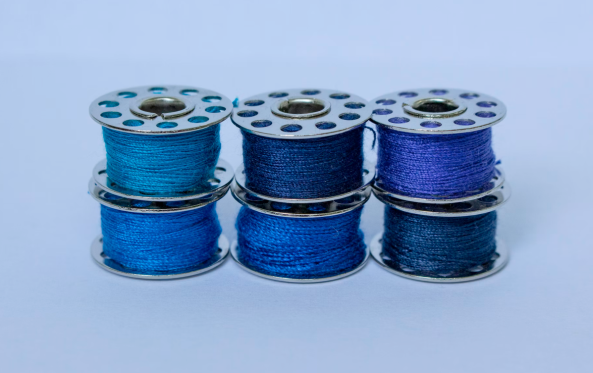
Pour la 2ème édition de son appel à projets annuel dédié au réemploi, Refashion soutient 35 projets en France métropolitaine et à La Réunion.|Pour la 2ème édition de son appel à projets annuel dédié au réemploi, Refashion soutient 35 projets en France métropolitaine et à La Réunion.
Project developers: all company departments Partners: suppliers
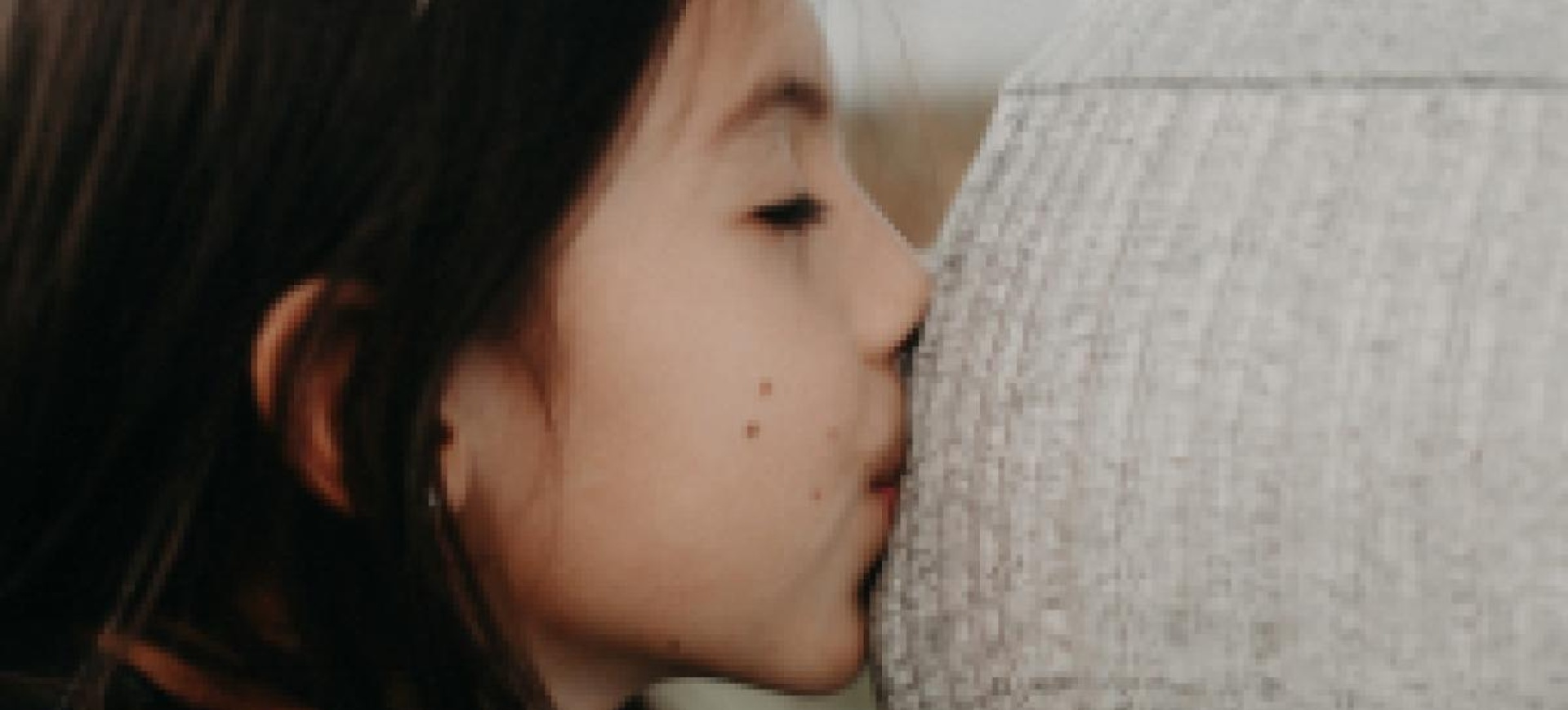
Eco-design consists in integrating the environment from the design stage of a product or service and during every stage of its life cycle.
To develop an eco-designed product, it is essential to adopt a global approach and examine all of the stages of the life cycle.
It is for this reason that eco-design takes account of the extraction and transformation of raw materials, spinning, weaving,/ knitting, ennobling, manufacturing, distribution, use, care and end-of-life.
It's a global approach, based on compromise, which strives for environmental efficiency at every stage whilst providing an equal performance in relation to a non eco-designed product and whilst integrating budgetary, timeframe and marketing constraints.
Complexity of implementation
Estimated economic gain
Human means
Implementation timeframes
Try it! : Follow the sheet step by step and have a go!
Identify the product to be eco-designed: the brand can choose to improve an existing product or develop a new, eco-designed product (See Sheet: Try it!: Steering my eco-design initiative).
Assess the product to be eco-designed : carry out an environmental assessment on the product's entire life cycle based on various criteria (on several categories of environmental impacts) in order to obtain a global vision of the product.
Charting the life cycle is easier for an existing product than for a new product. Don't hesitate to take inspiration from an existing product (See Sheet: Try it!: Steering my eco-design initiative).
If needs be, fine tune the first assessment via a life cycle analysis (LCA) or make use of existing life cycle analyses.
List eco-design solutions for the stages with the most impacts. The eco-design guide published by the WWF provides a list of actions to put in place at every stage of the life cycle (See tool 1).
Add to the panel of solutions available by finding additional and / or alternative solutions specific to the product, via the organisation of a collective intelligence meeting for example. It is possible to turn the cogs of eco-design (See tool 2 p.41)
To facilitate future implementation, encourage collaboration with industrial partners, whether they are integrated or not, for the entire value chain and life cycle (such as spinning, ennobling and weaving / knitting).
Ensure that the solutions selected do not provoke a transfer of pollution (do not generate an increase in impacts alongside a reduction).
Decide on an eco-design action plan which takes account of several criteria: relevance (priority impacts), exhaustiveness (addressing all of the stages) and feasibility.
Ask suppliers for a product prototype and submit it for quality tests in order to ensure that the product meets the organisation's specifications. A virtual prototype can also be used (which doesn't generate waste).
Formalise feedback to duplicate the initiative with other products when the eco-designed product meets objectives and complies with specifications, namely with respect to quality.
Proportion of life cycle stages covered by eco-design actions.
Number of solutions identified
Remain attentive to the transfer of impacts to avoid false good ideas.
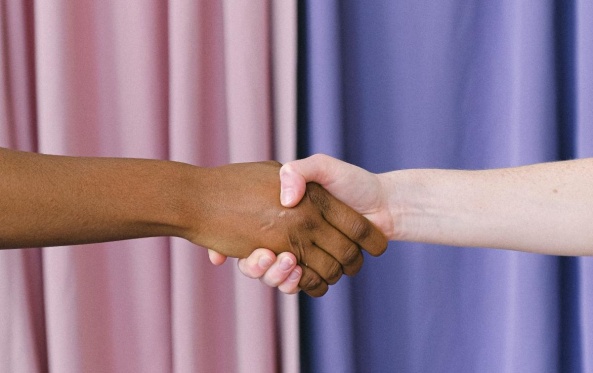
Ecodesign Journey - Nos participants vous en parlent.
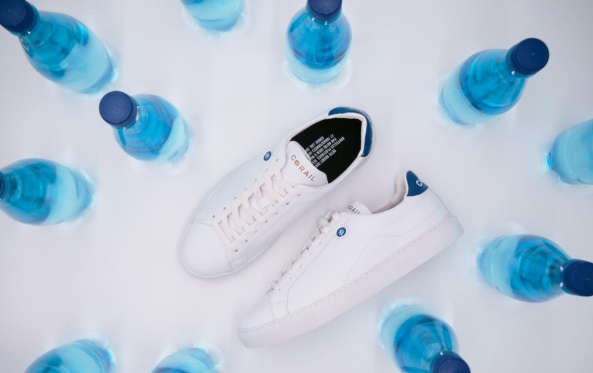
"Failing to have found a used plastic bottle supply chain that suited us, we created it"
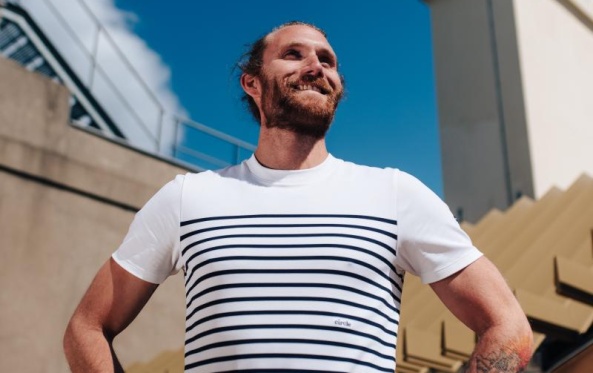
"Our future collections will be made from our previous collections"